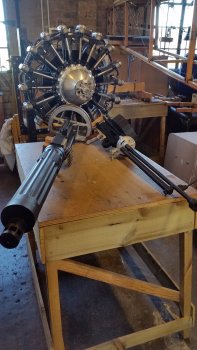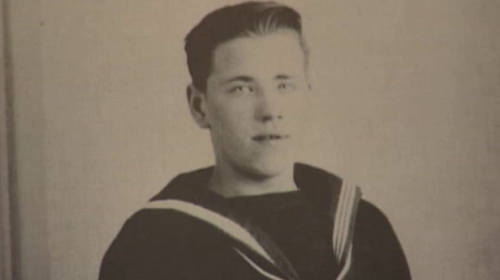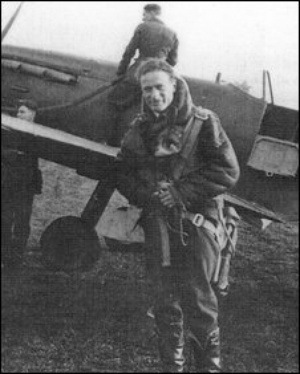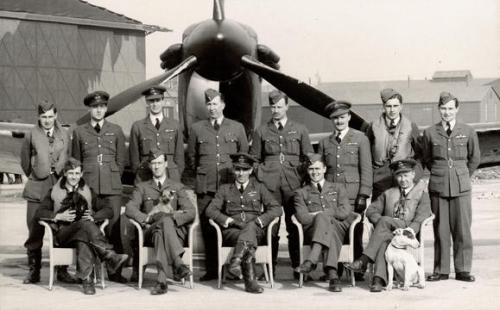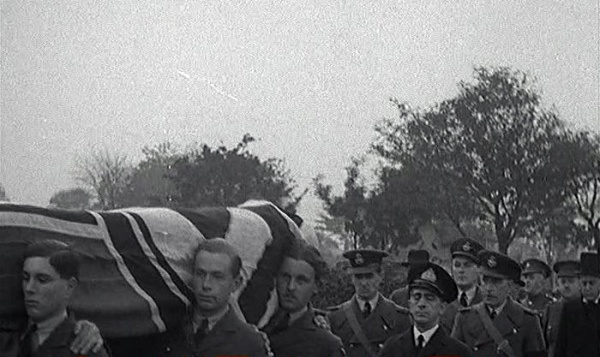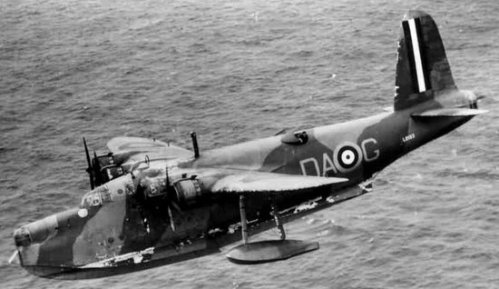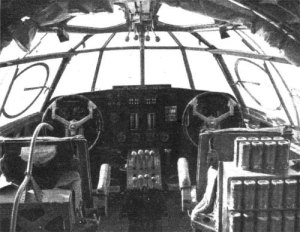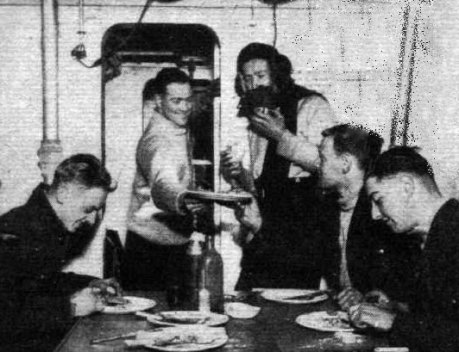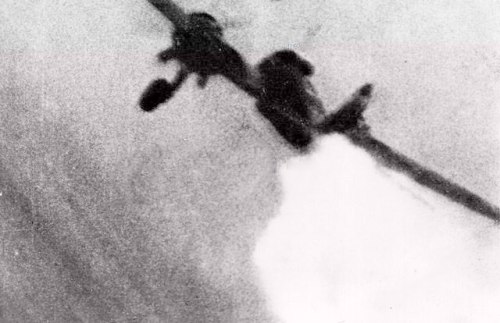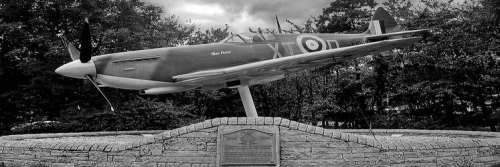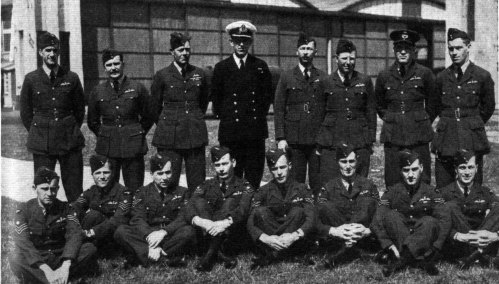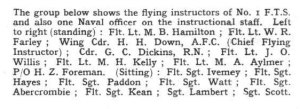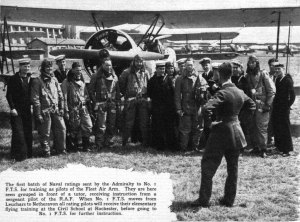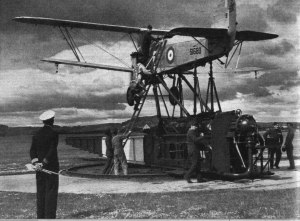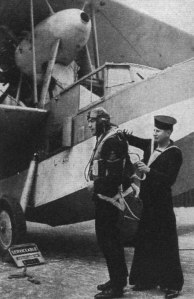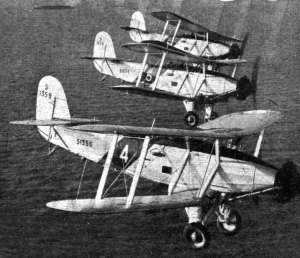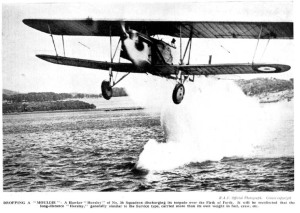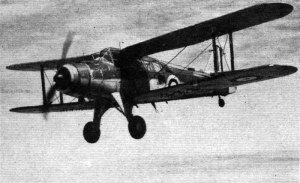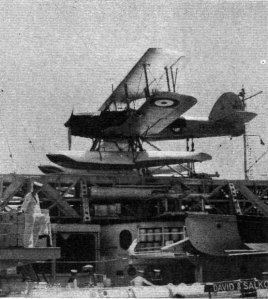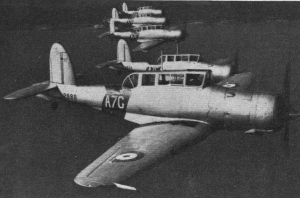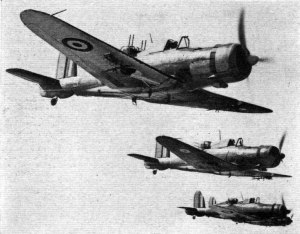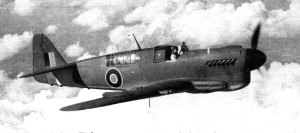 If you follow my blog on a regular basis you will be aware of the ongoing campaign to have men added to Newtongrange War memorial. A few weeks ago I sent in a request under the Freedom of Information Act, which you may have already read.
If you follow my blog on a regular basis you will be aware of the ongoing campaign to have men added to Newtongrange War memorial. A few weeks ago I sent in a request under the Freedom of Information Act, which you may have already read.
I received answers to the questions I posed today and here is what was said,along with my views on the answers given.
First off the Council have confined the answer to WW2 apparently which is not what I asked, my questions were regarding the war memorial not merely WW2.
1. Does the Council actually own the memorial or is it the Royal British Legion?
Midlothian Council The Memorial to those who fell during the Second World War is sited on land owned by the Council. Whether ownership transferred is not known but more than likely the local authority will have adopted it and this Council continues in that role, undertaking maintenance (as with all similar Memorials of its type in Midlothian) in terms of the Local Government (Scotland ) Act 1992. By extension, that includes consideration of any alterations to the Memorial.
John Duncan There is no separate memorial to WW2, there is a memorial erected by the British Legion and two stone tablets, one for WW1 and one for WW2 and other relevant conflicts. I don’t dispute the ownership of the land, clearly that it owned by the council. However it seems vague whether it was previously adopted.
2. Who is responsible for repairs to the memorial?
Midlothian Council Midlothian Council.
John Duncan Good to know some of the lettering starting to fade a bit.
3. What criteria do the Council use for deciding who’s names appear on the memorial?
Midlothian Council Whether the individual was killed in action or died of wounds in a theatre of war and the connection with the village eg place of domicile / residence where native, at the time of death
John Duncan This is an interesting answer. Have the Council purposely referred to WW2 in the answer and applied these criteria to this war only, and not to WW1. If so it’s very strange and contradictory as the lists for both tablets were drawn up at the same time around 1999 / 2000.
There are men on the WW1 tablet who do not fit the above criteria, ie one that died of an accident and a number of men who died of illness on active service. Just to clarify I have always stated that these men should be on the memorial, I do not feel however that there should be a different set of rules for WW2. Why would you want to do this?
4. Who is responsible for the nomination / decision process?
Midlothian Council Nominations are received from interested parties who may be the family of the individual or
others. The decision process involves endeavouring to ascertain / corroborate the factors at 3 above.
John Duncan Okay, so who is responsible for making the decision? This does not answer the question. Is it Midlothian Council or is it the Community Council?
5. In the event of a dispute regarding a decision made regarding a nominee, what right of appeal is there?
Midlothian Council There is no record of a dispute ever having arisen but, ultimately, it would be for the local authority to decide.
John Duncan If the Council are making the initial decision then, clearly, it is undemocratic and unfair that they them make an appeal decision on their own decision.
Are they going to say on the one hand – “No this man can’t go on a memorial” and then on appeal say – “You know what we were wrong” and change their mind.
No chance, there should be an independent body, or the Community Council should make the initial decision and any dispute is resolved by Midlothian Council.
6. What procedures are in place for potential victims of current / future conflicts.
Midlothian Council Currently, there is no provision for this locally, although it is known that in some instances, one or two names of those who fell during conflicts since the Second World War have been added to Memorials in other towns and villages.
The National Memorial Arboretum, Staffordshire records (a) those who have given their lives in the service of their country, (b) all who have served and those who have suffered as a result of conflict, and (c) others who for specific or appropriate reasons are commemorated on the site.
John Duncan I will reserve judgement on this one, I would like to think that anyone that dies, through what ever means, in a conflict is remembered on our war memorial.
7. Does the council accept Commonwealth War Graves Commission data as evidence of eligibility?
Midlothian Council The question has never arisen but any information will be considered
John Duncan Interesting, because it has arisen twice at least in the case of George Noble, once in 1999 and again this year by myself. You may recall the answer from Midlothian Council.
“As regards Pte Noble, I have a record that states that he appears to have died as the result of an accident aged 21 years on Salisbury Plains (parachute failed to open) post the Palestine conflict. In the circumstances, a previous request to have his name added to the Memorial was declined; and that regrettably is the conclusion that must be reached on this occasion. I have raised the question here about additions in respect of post 1939 – 1945 war but have yet to obtain an outcome. Theoretically at least, the names of those who were killed / died of wounds after WW2 in other conflicts are recorded at the National Memorial / Arboretum.”
The Council also provided a potted history of the war memorial which I am a little bit confused by.
“In January 1934, the Memorial was unveiled in the Welfare Park – a rough silver granite pillar, to their memory – provided by the Women’s Section of the British Legion.” (This is correct)
“(In most cases, the decisions to erect or provide World War 1 memorials in public spaces were taken by the Council’s predecessor authorities; and the cost was met through public subscription; and adapted after World War 2. Unusually, in this case, the Memorial in respect of World War 1 was in the Church and the complete rationale for the erection of the World War 2 Memorial in a public space is not currently available but it is thought likely that there would have been some form of public subscription albeit one organised by the British Legion.)”
The public war memorial was not held in the church. The memorial referred to bears the names of members of the United Free Church, including my Great Uncle Charles Gibson. This memorial was originally housed in the church at the foot of the village which is now the Masonic Hall. When the Church ceased to function as a church, the plaque was given to the Church of Scotland in the Main Street, Newtongrange for safe keeping, it remains there to this day.
When the memorial in the park was erected in 1934, in the Welfare Park, it was intended as a place of Remembrance for all the village, not just the member of the United Free Church.
Given it was erected in 1934 it was clearly not intended as a WW2 memorial ,unless our forefathers predicted a second global conflict. The dates 1939 to 1946 were added at a later date post WW2, the memorial was designed pure and simple as a WW1 memorial which has been adapted twice as the years go by.
The tablets were added in 2000 as it was annoying most people that the inscription on the memorial read;
“To the memory of the lads from this Parish who fell in the Great War 1914 – 1918 & World War II 1939. Their name liveth for evermore.”
Finally lest it be thought I am being over critical, I think their gardeners do a magnificent job year in, year out making our memorial a fitting place to remember ‘our lads’.
Anyway we shall see what the Community Council make of this.
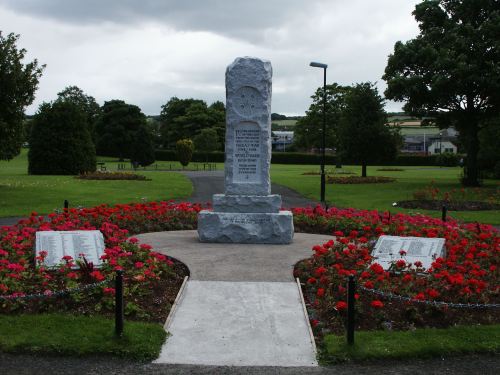
Newtongrange War Memorial
Read Full Post »
